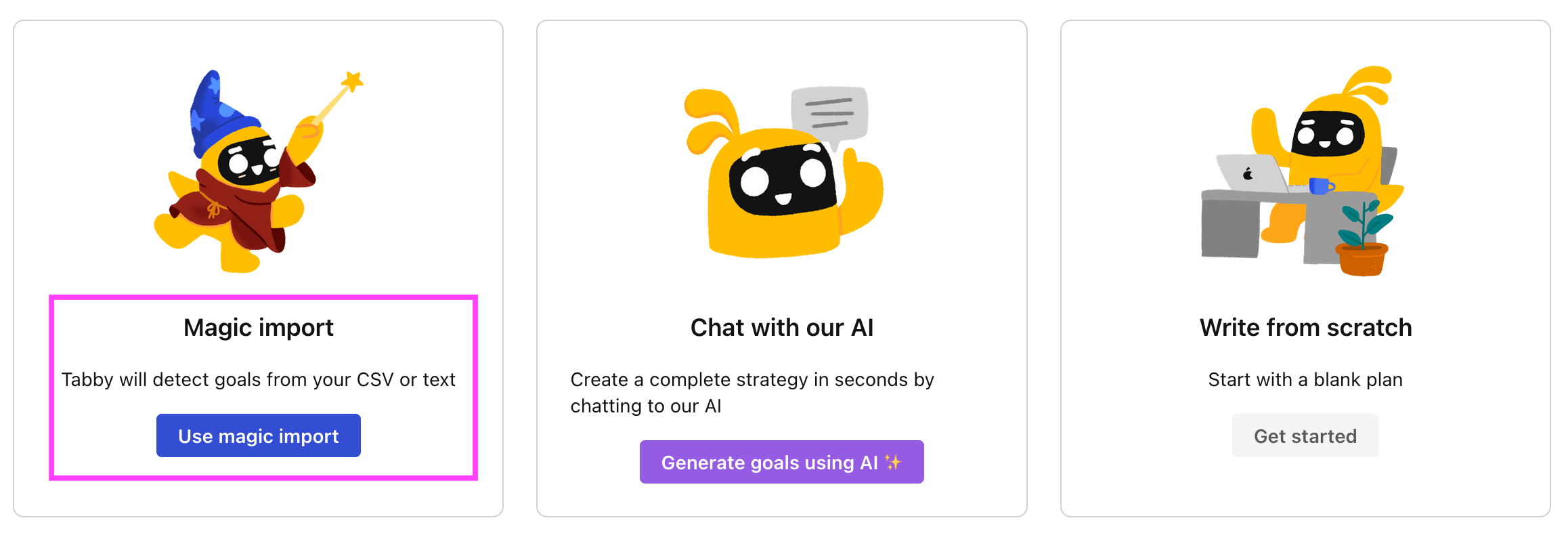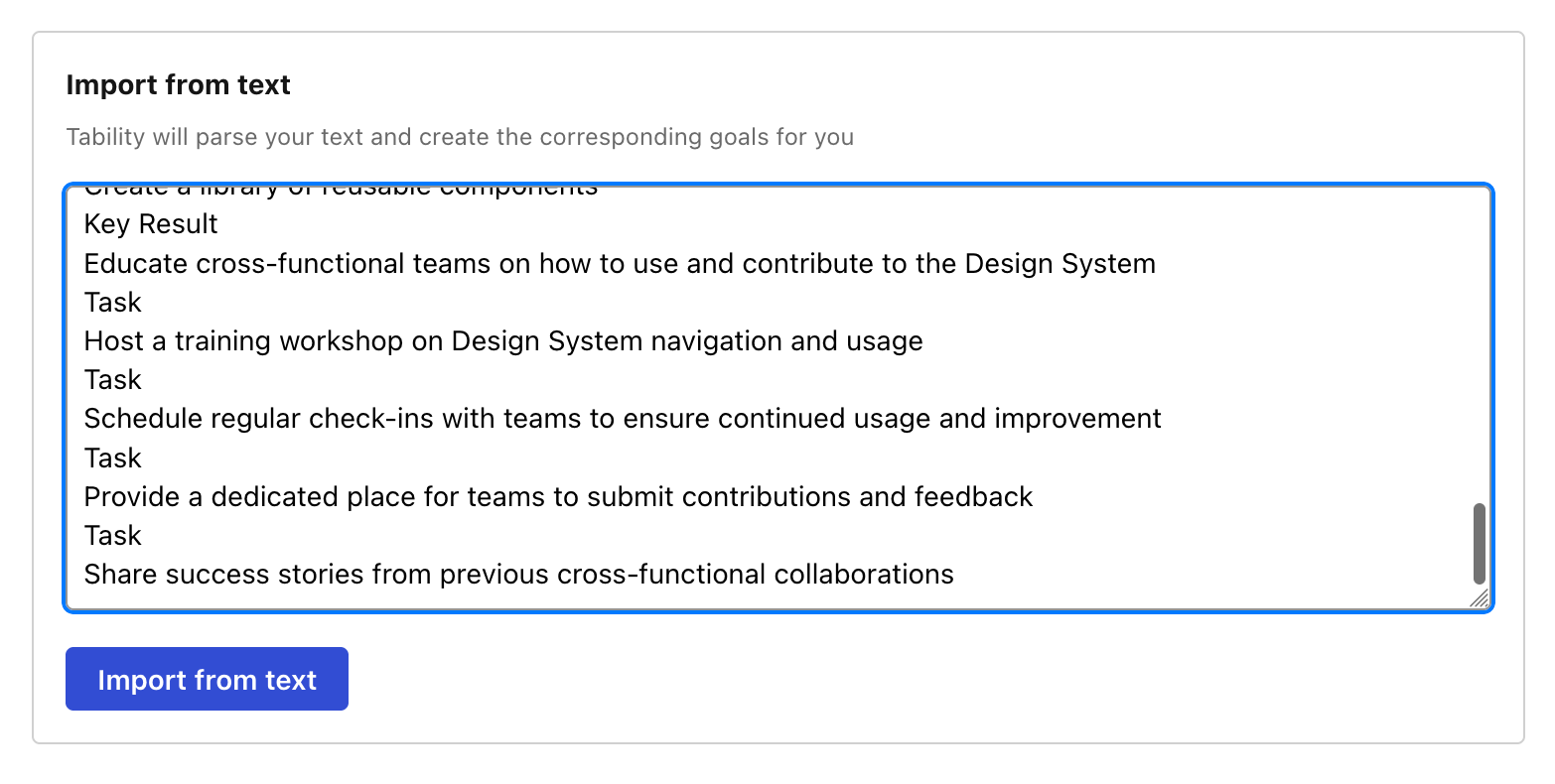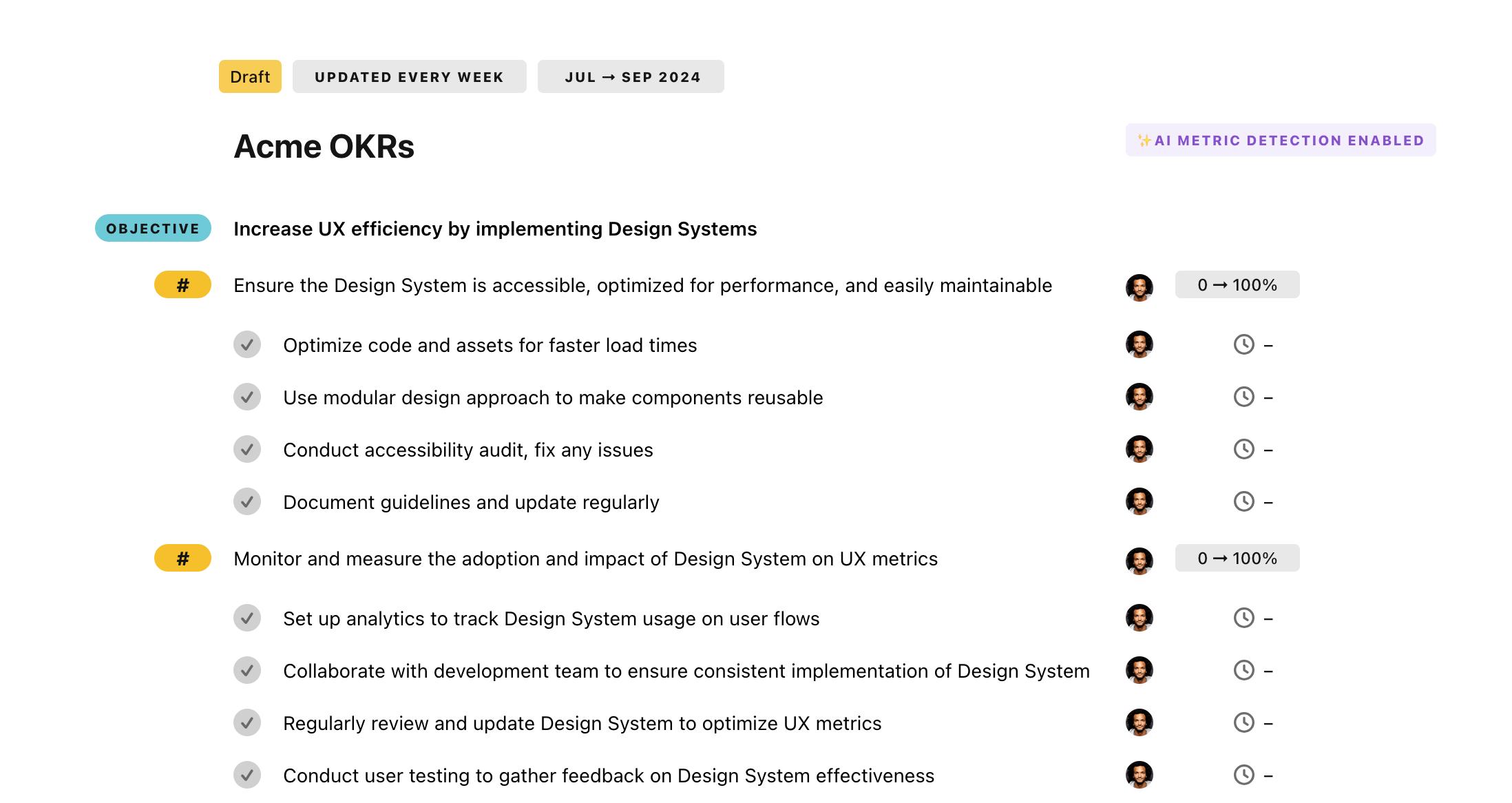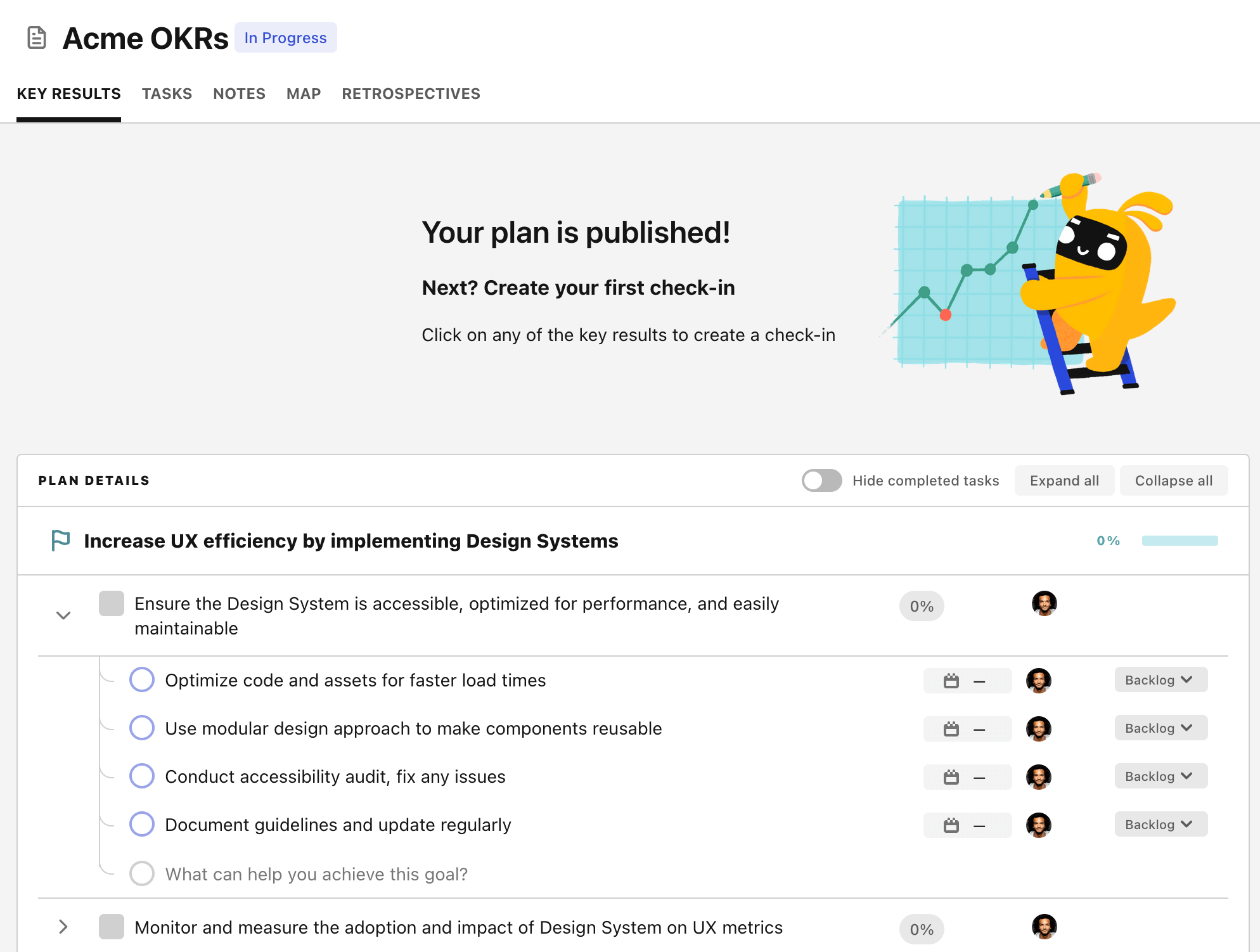OKR template to improve effectiveness of User Acceptance Testing (UAT) through Goal Tracker Template
Your OKR template
This OKR focuses heavily on using the new tracking system for improvement. To ensure successful application, several initiatives have been proposed. These include monitoring and adjusting practices to reduce failures and training staff on utilizing the new tracking system.
An important aspect of this OKR is to heighten reporting efficiency by 30% with the new template. This will be achieved by monitoring the usage and usefulness of the new template, training employees on leveraging it efficiently, and updating/improving the template based on user feedback.
Lastly, the OKR aims to attain stakeholder satisfaction (95%) by enhancing the test transparency. Regular test reports will be shared with stakeholders and workshops will be run on testing techniques and criteria. A transparent, real-time test progress tracking system will also be implemented.
ObjectiveImprove effectiveness of User Acceptance Testing (UAT) through Goal Tracker Template
KRReduce UAT failure rates by 20% utilizing the new tracking system
Monitor and adjust practices to reduce failures
Implement new tracking system for UAT procedures
Train staff on utilizing new tracking system
KRIncrease reporting efficiency by 30% through newly implemented template
Monitor usage and effectiveness of new template
Train staff on using the new reporting template
Adjust and improve template based on feedback
KRAchieve 95% stakeholder satisfaction by improving test transparency
Share regular test reports with stakeholders
Run workshops discussing testing techniques and criteria
Implement a transparent, real-time test progress tracking system
How to edit and track OKRs with Tability
You'll probably want to edit the examples in this post, and Tability is the perfect tool for it.
Tability is an AI-powered platform that helps teams set better goals, monitor execution, and get help to achieve their objectives faster.
With Tability you can:
- Use AI to draft a complete set of OKRs in seconds
- Connect your OKRs and team goals to your project
- Automate reporting with integrations and built-in dashboard
Instead of having to copy the content of the OKR examples in a doc or spreadsheet, you can use Tability’s magic importer to start using any of the examples in this page.
The import process can be done in seconds, allowing you to edit OKRs directly in a platform that knows how to manage and track goals.
Step 1. Sign up for a free Tability account
Go tohttps://tability.app/signup and create your account (it's free!)
Step 2. Create a plan
Follow the steps after your onboarding to create your first plan, you should get to a page that looks like the picture below.

Step 3. Use the magic importer
Click on Use magic import to open up the Magic Import modal.
Now, go back to the OKR examples, and click on Copy on the example that you’d like to use.

Paste the content in the text import section. Don’t worry about the formatting, Tability’s AI will be able to parse it!

Now, just click on Import from text and let the magic happen.

Once your example is in the plan editor, you will be able to:
- Edit the objectives, key results, and tasks
- Click on the target 0 → 100% to set better target
- Use the tips and the AI to refine your goals
Step 4. Publish your plan
Once you’re done editing, you can publish your plan to switch to the goal-tracking mode.

From there you will have access to all the features that will help you and your team save hours with OKR reporting.
- 10+ built-in dashboards to visualise progress on your goals
- Weekly reminders, data connectors, and smart notifications
- 9 views to map OKRs to strategic projects
- Strategy map to align teams at scale